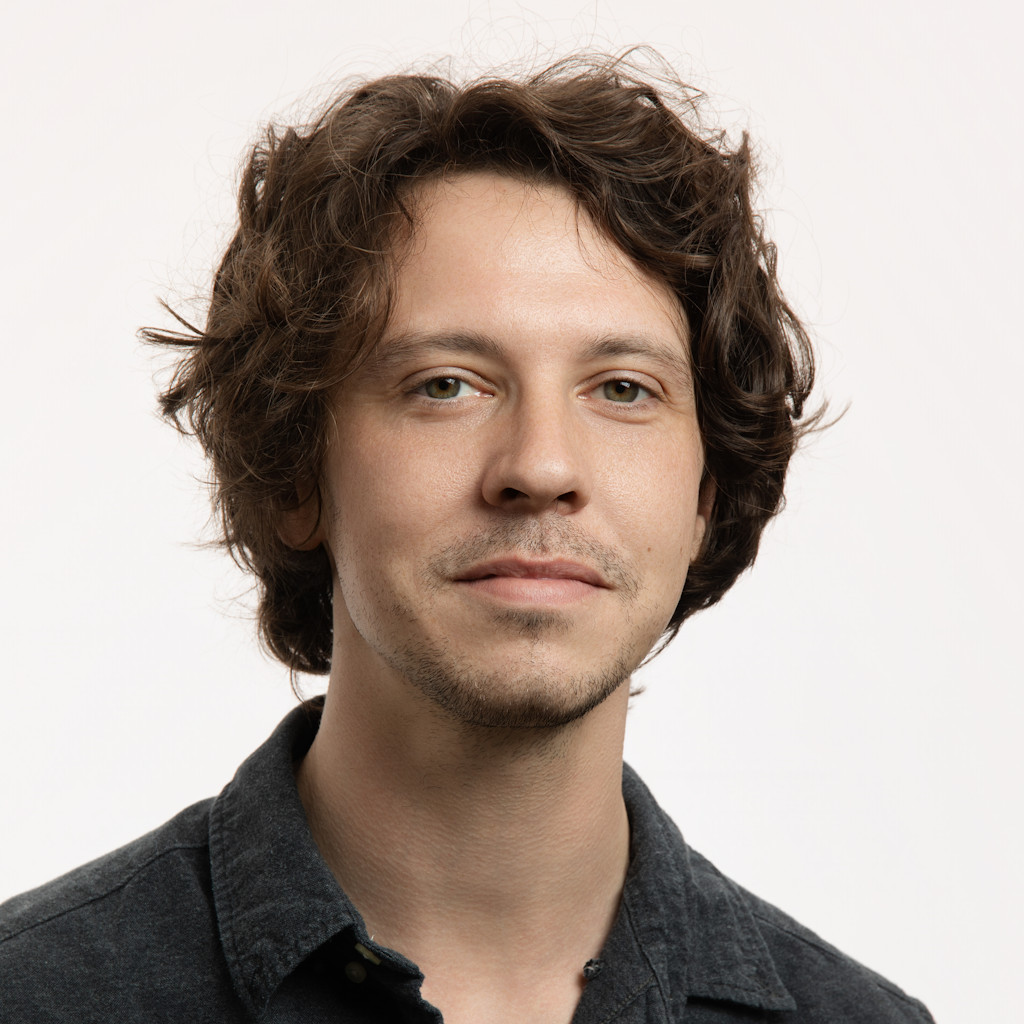
Taproot's big numbers of 2024
Numbers give news context, heft, and depth — and 2024 had lots of them. For example, the number of people without stable housing in Edmonton increased by more than 2,000, to 4,697. Meanwhile, a private-sector report called for governments to invest $427 million in the city's downtown, transit ridership rose 12% above pre-pandemic levels, and we learned the city's debt financing for the Yellowhead Trail freeway conversion will grow by $105 million.
As Taproot prepares for a holiday break, we're sharing which numbers might matter most in the years ahead.
0
That's the number Coun. Andrew Knack talked about in a motion that followed council's Dec. 4 approval of a 6.1% property tax increase for 2025. The motion, which Knack worked on with Coun. Tim Cartmell and Mayor Amarjeet Sohi, pitched zero-based budgeting for council's work on budgets for the 2027 to 2030 cycle. Knack said his colleagues are frustrated with the status quo and that this might be the salve.
"I think it's time for a true foundational budget," Knack said during the meeting. "It's not going to be easy, but it's going to allow the next council to fully understand where all of our dollars are going."
Zero-based budgeting starts a budget at zero rather than using a past budget as a starting point. Knack's successful motion means all City of Edmonton departments, agencies, boards, and commissions will present to council before the numbers are crunched for the 2027 to 2030 budget process.
Though Knack talked of going "line by line" through the budget, some question if it's possible. Allan Bolstad, a councillor from 1992 to 2004, wrote that the line-by-line approaches were already tried — and failed. Bolstad said the process is too intensive to be effective.
17
That's how many kilometres of new active transportation routes the city told Taproot it would build in 2024. That came more than a year after Edmonton's city council voted to invest $100 million in active transportation infrastructure. The 2024 promise comprises 10 routes covering 17 kilometres, budgeted in the $100 million pledged in 2022.
The cost of the bike lane investment has roused emotions since 2022, among both those wishing the build-out would accelerate and those wishing it would hit the brakes. In December, during budget adjustment discussions, Coun. Karen Principe introduced a motion to cut $67 million from the $100 million council endorsed in 2022, but it failed.





